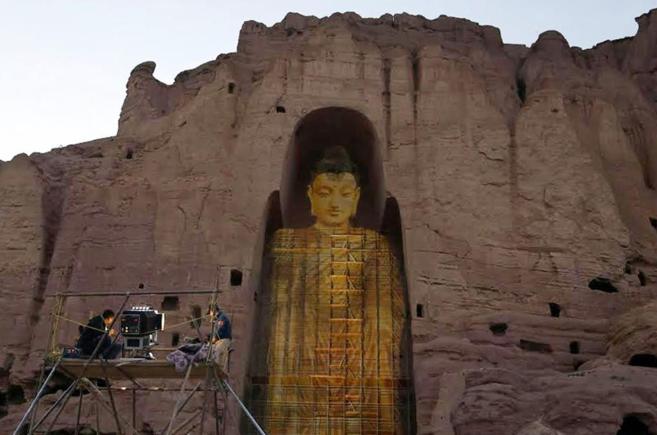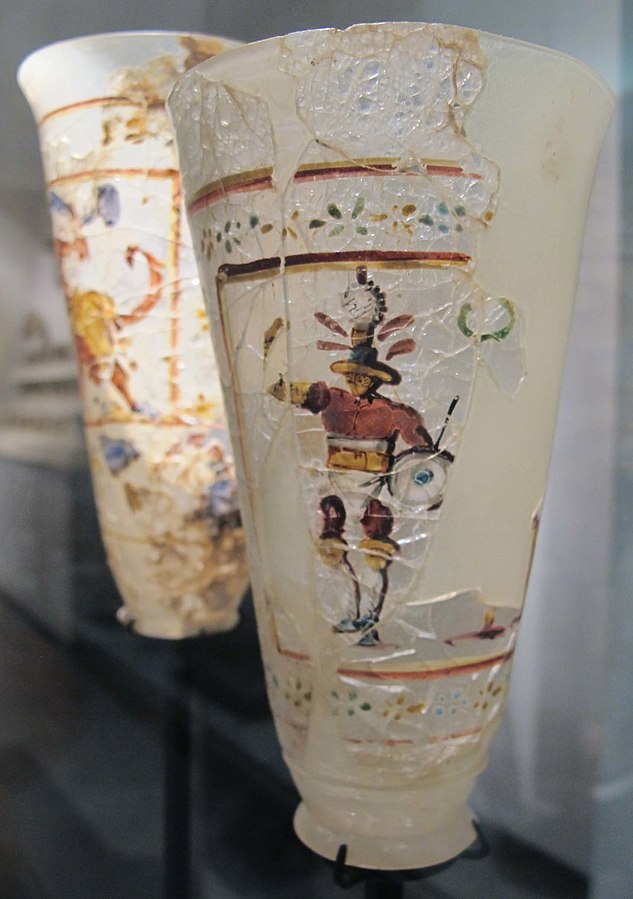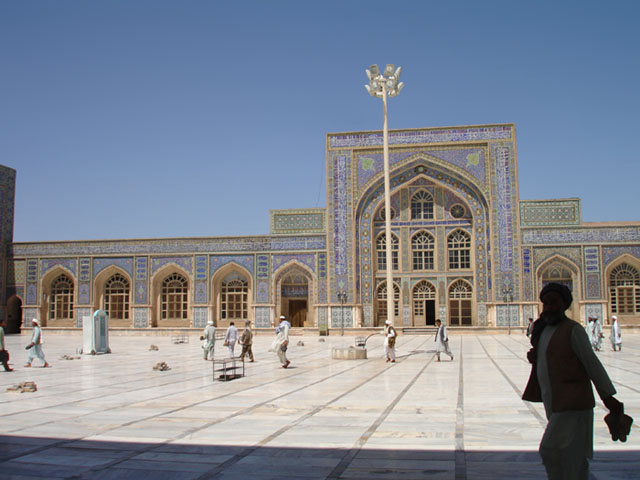



One of the most extraordinary treasures ever found - from a material point of view but even more for the cultural aspect - is the treasure of Bactriana, found in northern Afghanistan, almost on the border with Turkmenistan, in the town of Tillya Tepe (which in Uzbek it means the Gold Hill), in the region that the Greeks called Bactriana - from the city of Bactria, today Balkh, an important junction on the Silk Road. Discovered in 1978 by Sarianidi, an archaeologist of Greek origin born in Uzbekistan, the six tombs have returned 26 thousand pieces of gold, silver and ivory, adorned with semi-precious stones. Sarianidi believes that the tombs date back to the time of the Chinese Han emperors (206 BCE - 220 BCE); they would belong to the yue-che, Central Asian nomadic shepherds, originating from the upper basin of the Yellow River. The archaeologists have not yet agreed on their ethnic identity: there are those who claim that they are of Turkish stock, some of Indo-European stock. What is certain is that they were very rich and refined and that their wealth was the fruit of the flourishing trade that flowed along the Silk Road.
Among the five female burials - only one of the six was male - there is the tomb of a young princess. On the chest bears an applique depicting a half-naked goddess with sides wrapped in a draped cloak - and therefore the reference is to a Hellenistic Venus - the Indian sign of married women on the forehead, and wings. No Venus in classical culture has wings, but there are, in the pre-Islamic Afghan culture, goddesses with wings.





Comments
Post a Comment